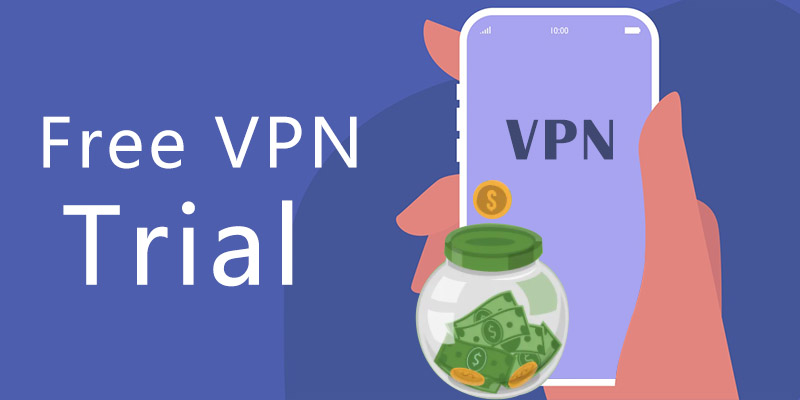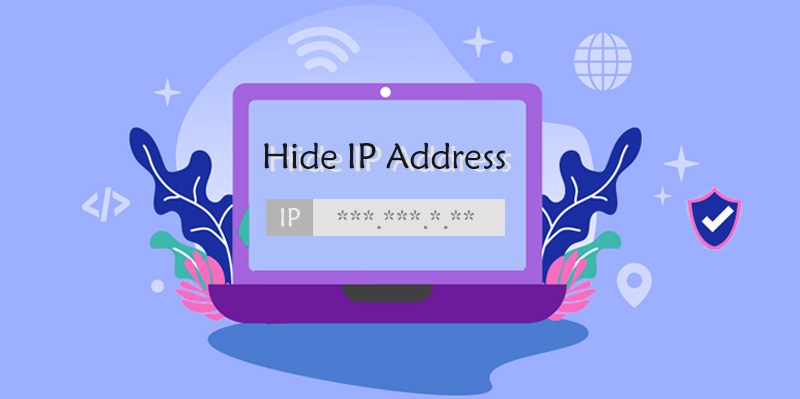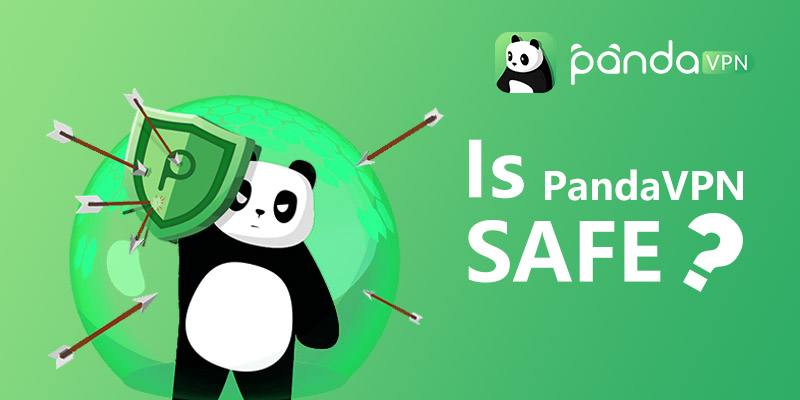What’s Internet/Bandwidth Throttling? How to Test and Stop it from ISP etc.?
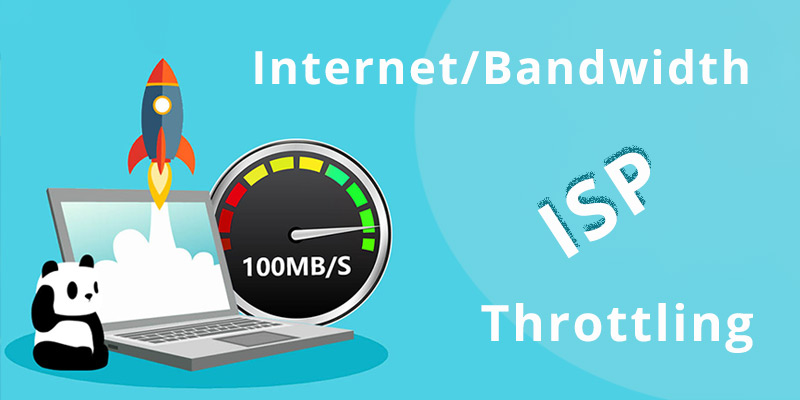
If your internet connection suddenly becomes slower than before or it just freezes when streaming (HD/4K Netflix or other) media files, playing online games, downloading or uploading large-sized materials on the web, you are probably encounter the known “Internet Throttling” thing…
Internet throttling, literally called “bandwidth throttling”, may be an unfamiliar term to most of common netizens. But when you finish a few typical examples below, you will suddenly be enlightened, so this is the internet or say bandwidth throttling.
Example 1: Your internet speed seems to be a lot slower than what it should be all of a sudden.
Example 2: You can watch HD/4K Netflix or other streaming media files smoothly before and now the high-definition streaming becomes laggy and you usually end up with watching the lower-resolution video, gaining the fluency by sacrificing the quality unexpectedly.
Example 3: Recently you just found you are unable to download or upload things as fast as before, say when sharing and downloading p2p files, downloading and playing (Steam) online games etc.
In fact, just as the examples hint, streaming, gaming, and (p2p) file download sharing are three key targets of bandwidth throttling for their higher possibilities of traffic eating. It’s easy to understand that they usually use more bandwidth data than general web browsing due to quite large-sized media or other types of files need to be transmit and rendered to the people in front of the screen.

What’s Internet/Bandwidth & ISP Throttling?
After completing the paragraphs above, it’s easier for you to get clear on the definition of internet/bandwidth/network throttling – an intentional behavior of slowing down the internet connection speed via bandwidth from ISPs or other parties, without notifying you in advance or afterward. Yep, the ISP throttling refers in particular to the internet speed reduction from the internet service providers.
Specifically, ISPs like Spectrum and Xfinity perform bandwidth throttling or say limitation at network management level while the “other parties” may implement it at application software level, be it a client or a (ftp/web) server. As to the legality, you most probably will take both of them as legal activities. As a matter of fact, only the app level of throttling is legal whereas ISP’s throttling is de facto illegal. That’s because in view of network neutrality (aka net neutrality), the ISPs should guarantee all users equal internet communications, not discriminating from users, operations, target online resources, apps, ways of communication, etc. Not only the intentional slowdown is included in net neutrality, but also content access blocking, and the different charges are here for fair treatment.
Since what influences the common users are mainly the ISP throttling, the following part will be focused on it for more details.
Why (ISP) Internet Throttling Occurs and How It Works?
Imagine that there are so many ISPs around the world, and considering their actual market shares and long-term expectations, each ISP must have a vast but still limited amount of bandwidth. It’s also possible for an ISP to sell out its bandwidth if it doesn’t work well as expected.
As mentioned above, network neutrality doesn’t advocate ISPs to do unequal things when distributing their bandwidth to a broad range of users. However, since individuals are often unable to fight them back, they just shape the network congestion management rules and throttle the speed in their own ways.
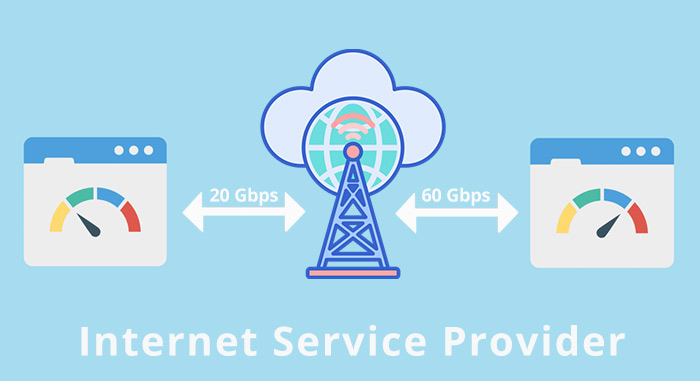
Set Spectrum (the internet service from US-based telecommunication company Charter Communications) for example, according to its network management support article, to offer all consumers the fastest download & upload speeds, the most reliable internet service, as well as to ensure the could enjoy the best user experience and “fair share” of network resources, it just implements network congestion management. Whenever the congestion happens during the peak hours, in some specific areas maybe, it will restrict the speed of those accounts who use the most amounts of bandwidth. How are these accounts found out and confirmed? Absolutely, the ISP does monitor and track users’ traffic all the way. But it claims that it simply monitors the overall use data, but not the traffic details. (More about ISP Tracking)
You may wonder is there any criterion for what accounts will be selected to reduce the speed? Not exactly because no ISP elaborates it at length, only telling that accounts with long-lasting download, upload, gaming or so are more possible to receive this speed limit treatment. Some estimate that the users who are getting internet management at the rush-hours is less than 1% of all. Surely this may also vary from service to service and provider to provider. What’s more, once the congestion ends, everything goes back to normal.
Is Your Internet Being Throttled by ISP? Internet Throttling Test Tools Shared
Many internet investigating agencies have done online behavior reports annually. And after searching, viewing and summing them up briefly, here some top online activities are shared for your reference.
• Instant messaging
• Using social media
• E-mailing
• Watching video online
• Sharing content
• Streaming or downloading media (including but not limited to movies, TVs, music and podcast.)
• Getting news
• Using a search engine for information
• Shopping (See: Is online shopping safe?)
• Making or participating in video or voice call
• Remote working
• Online gaming…
Among those most popular actions, some don’t use much data while some really get high data usage, say things regarding streaming, downloading, gaming, file sharing, especially when large files are involved. That’s the reason why users who do those things frequently are the main crowd encountering bandwidth throttling.
If you are one of such users and come across an unusual slower internet speed when watching Netflix/HBO/BBC iPlayer, accessing Skype/Facebook, playing Battlefield/Minecraft/CS:GO, downloading torrent files, with wired LAN or Wi-Fi connection, you should keep an eye on either hardware/software problem or ISP throttling.
From the Wikipedia information we check out online, many ISPs worldwide throttle their bandwidth daily, for example, those in the following table.
| ISP Locations | ISP names commonly recognized to throttle bandwidth |
| United States | Spectrum, Xfinity, Comcast, Mediacom, Verizon, AT&T, Cox, etc. |
| Canada | Rogers Cable, DeryTelecom, Distributel, SaskTel, Shaw, Xplornet, TELUS, EastLink etc. |
| Europe | Vodafone, Deutsche Telekom, etc. |
| India | Airtel, Reliance Jio Fiber, etc. |
| Uruguay | Antel, etc. |
| Singapore | Starhub, Singtel, M1 Limited, etc. |
| … | … |
If you’ve tried everything else and only have no clue on what causes the slowing down internet speed, or you just want to test it to meet your curiosity, you could have a shot on bandwidth throttling test to detect the issue with the commonly shared tools below. When the test result shows the real-time speed is far slower than what you generally have or say the ISP has offered to you or the game port is blocked, then an internet throttling is to a very large degree.
– SPEEDTEST: https://www.speedtest.net/
– Internet Health Test: http://internethealthtest.org/
– Fast: https://fast.com/ (for Netflix and so forth)
– Port Scanners from WhatsMyIP: https://www.whatsmyip.org/port-scanner/
How to Stop Internet Throttling on PC/Mobile/TV?
You have multiple ways to bypass the annoying throttling from your ISP, such as quitting it and moving on to an ISP without throttling at peak time, using your internet reasonably to avoid too much of data usage, as well as leveraging a VPN to get rid of any internet throttling at its root.
Definitely, the last VPN approach is suggested and also favored by more customers because it’s not only easier to achieve, helping you one-click say goodbye to bandwidth throttling/cap/blocking, but also brings you about better internet privacy, security, and freedom. Therefore, PandaVPN comes right here, which you can get now to remove the ISP throttling immediately, without further bandwidth limit at all.
PandaVPN, as a slick cross-platform virtual private network program, supports over 3000 accelerated servers (dedicated servers for streaming, torrent and game included) in 80 countries and 160+ regions across the world, is embedded with top VPN protocol OpenVPN and proxy solution Shadowsocks, applies the highest level of ECC encryption, and as said above doesn’t perform any bandwidth limit to have bad effect on user experience.
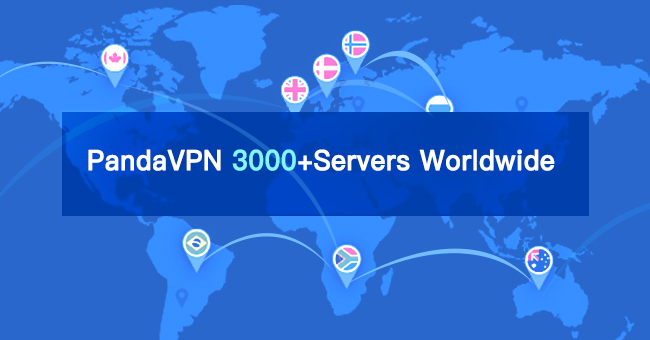
More Thing You Need to Know
1. VPN speedcan not be always as fast as you think since it’s determined by the original speed, server location, server load and so on. To obtain the most possibly high connection speed, do choose a nearby server at proper category with less ping value.
2. If you only need to enable VPN in certain websites or apps, navigate to settings to self-define it or enable the Split Tunnelingfeature on mobile gadgets to realize it.
3. Even there’s no internet throttling, you can benefit from VPN to hide IP address, bypass geo-blocking, visit web sources freely without heavy internet censorship, lock and protect your browsing history and personal information against surveillance and illegal actions from other parties like governments, advertising agencies, and hackers.
 Vic Knott
Vic Knott  2021.12.09
2021.12.09 


